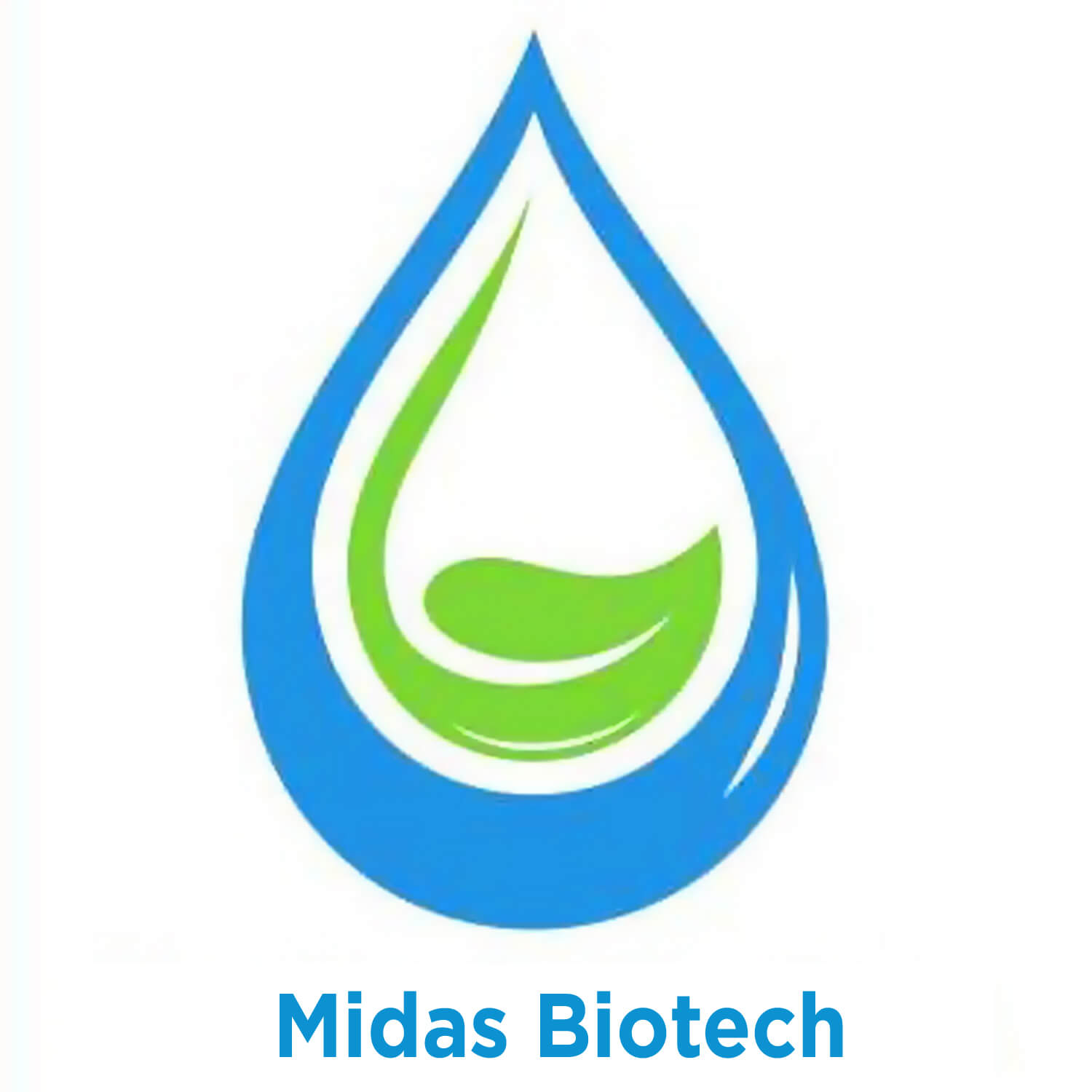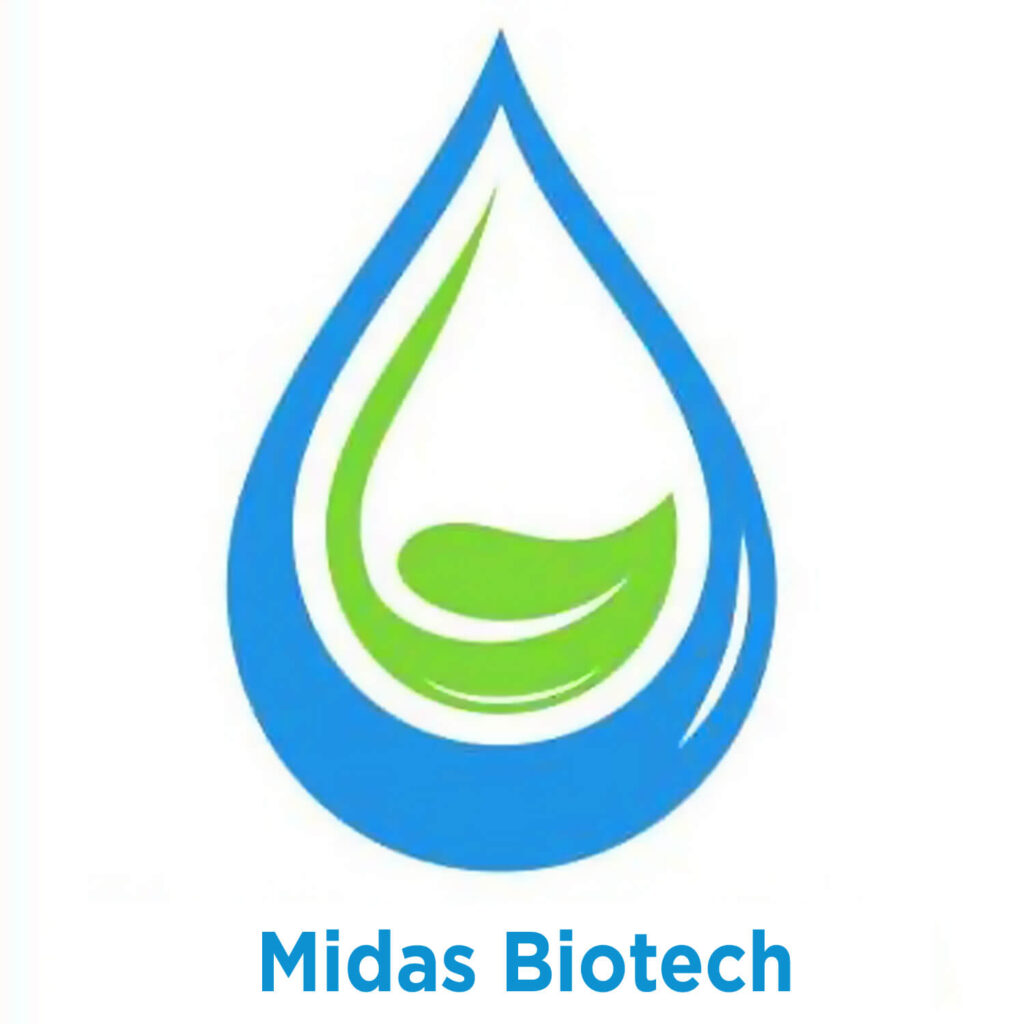Castor Oil – Introduction

Castor Oil is a vegetable (non-edible) oil extracted from the seeds of castor plant (Ricinus communis). It is Natural, Renewable and Bio-degradable oil. Castor plant produces castor seeds that contains up to 50% oil by weight and India is the world’s largest exporter of castor oil.
The oil is not only a naturally-occurring resource, it is inexpensive and environmentally friendly. Castor oil is a viscous, pale yellow, non-volatile and non-drying oil with a bland taste. Relative to other vegetable oils, it has a good shelf life and it does not turn rancid unless subjected to excessive heat.
Owing to its unique chemical structure, castor oil can be used as a starting raw material for producing a wide range of end-product. The oil is a mixture of saturated and unsaturated fatty acid esters linked to a glycerol. The presence of hydroxyl group, a double bond, carboxylic group and long chain hydrocarbon in ricinoleic acid (a major component of the oil), offer several possibilities of transforming it into variety of materials. The oil is thus a potential alternative to petroleum-based starting chemicals for the production of materials with variety of properties.
Due to its renewability and high versatility in addition to being the only commercial source of a hydroxylated fatty acid, castor oil has been used as a vital raw material for the chemical industry.
The demand for castor oil and its products in the world market has been on steady increase partly due their renewable nature, non-competition with food, biodegradability, low costs and eco-friendliness. With the rising environmental concerns and the need for bio-based products to replace synthetic feed stocks, castor oil and castor oil derivatives have the potential to be used in many newer industries.
The key derivatives extracted from castor oil that find industrial applications include hydrogenated castor oil (HCO), dehydrated castor oil (DCO), and sebacic acid, among others. Castor oil and its derivatives are used in the manufacturing of creams & lotions, lipsticks, sunscreens, hair oils, perfumes, soaps, lubricants and greases, hydraulic and brake fluids, paints, inks, dyes, coatings, cold-resistant plastics, waxes and polishes, nylon, elastomers, biopolymers, natural and synthetic resins and rubbers, sebacic acid, etc.

